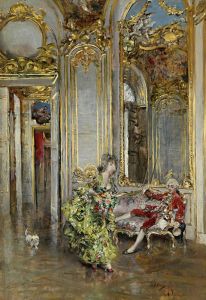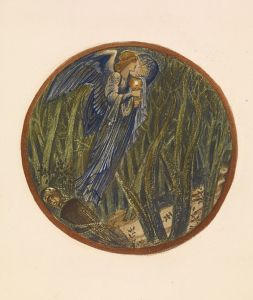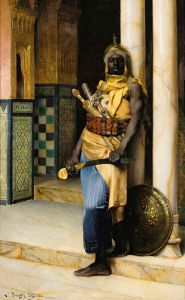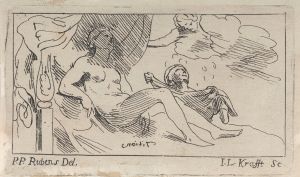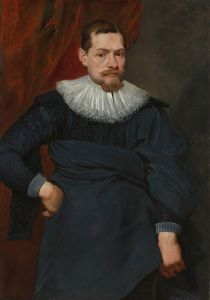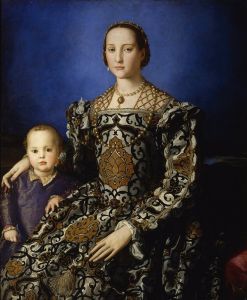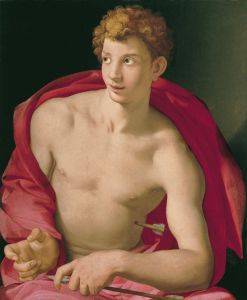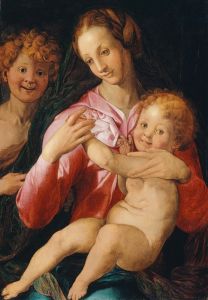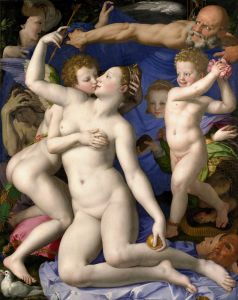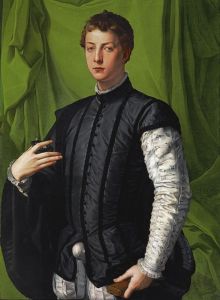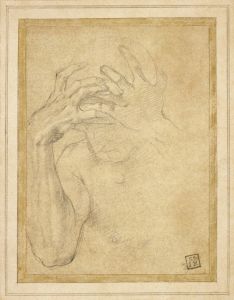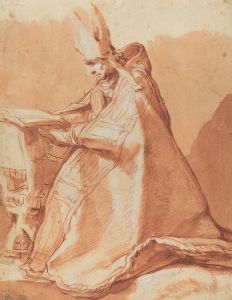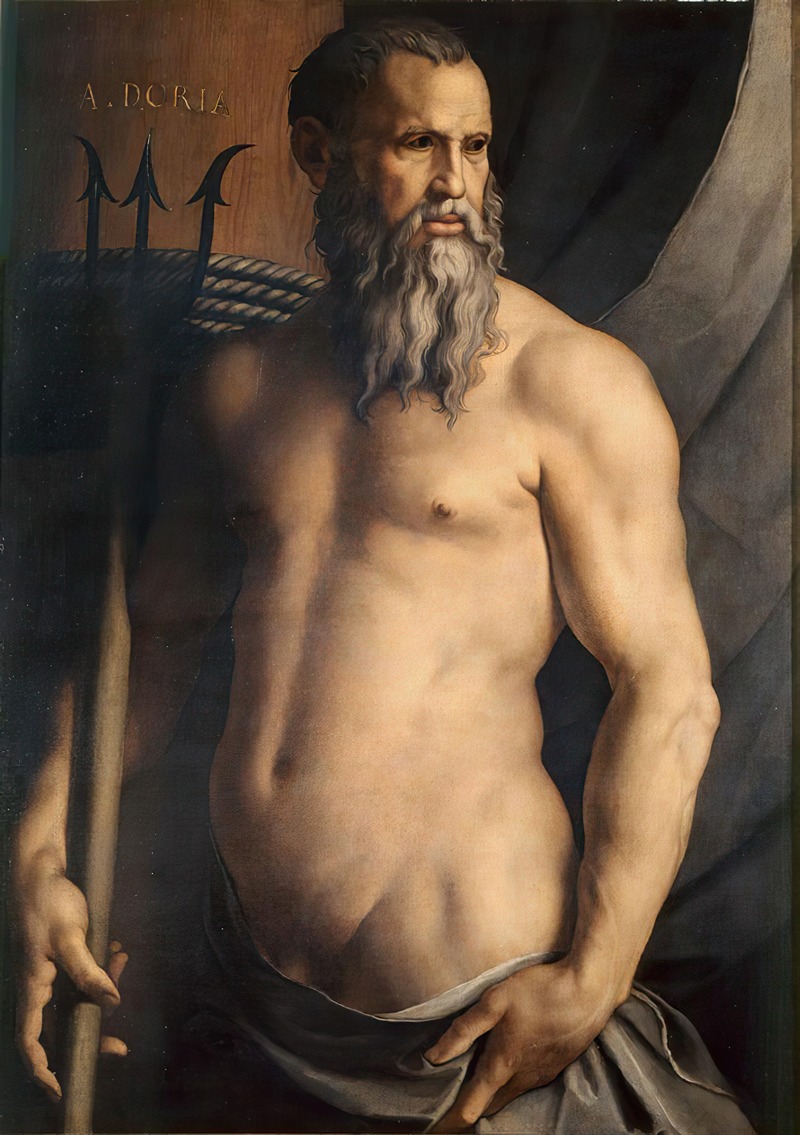
Portrait Of Andrea Doria As Neptune
A hand-painted replica of Agnolo Bronzino’s masterpiece Portrait Of Andrea Doria As Neptune, meticulously crafted by professional artists to capture the true essence of the original. Each piece is created with museum-quality canvas and rare mineral pigments, carefully painted by experienced artists with delicate brushstrokes and rich, layered colors to perfectly recreate the texture of the original artwork. Unlike machine-printed reproductions, this hand-painted version brings the painting to life, infused with the artist’s emotions and skill in every stroke. Whether for personal collection or home decoration, it instantly elevates the artistic atmosphere of any space.
Agnolo Bronzino's Portrait of Andrea Doria as Neptune is a notable example of Mannerist portraiture, painted around 1540. The artwork depicts Andrea Doria, a prominent Genoese admiral and statesman, in the guise of Neptune, the Roman god of the sea. This allegorical representation aligns with Doria's significant role in maritime power and his influence over the naval dominance of Genoa during the 16th century.
The painting is executed in oil on canvas and showcases Bronzino's characteristic precision and refined technique. Bronzino, a leading artist of the Florentine Mannerist school, was known for his highly detailed and idealized portraits, often imbued with allegorical or symbolic meanings. In this work, Doria is portrayed semi-nude, holding a trident, a traditional attribute of Neptune, and seated in a commanding pose that emphasizes his authority and connection to the sea.
The choice to depict Andrea Doria as Neptune reflects the Renaissance tradition of associating powerful individuals with mythological figures to convey their virtues, achievements, or domains of influence. By adopting this imagery, the portrait celebrates Doria's naval accomplishments and his role in securing Genoa's maritime supremacy. It also underscores the Renaissance fascination with classical antiquity and its integration into contemporary art and culture.
The painting is notable for its idealized anatomy and the serene, almost statuesque quality of the figure, hallmarks of Bronzino's style. The artist's meticulous attention to detail is evident in the rendering of Doria's muscular form and the subtle interplay of light and shadow across his body. The composition exudes a sense of calm authority, befitting Doria's stature as a leader and statesman.
Currently, the painting is housed in the Pinacoteca di Brera in Milan, Italy. It remains an important example of Mannerist portraiture and a testament to the interplay between art, politics, and mythology during the Renaissance.





